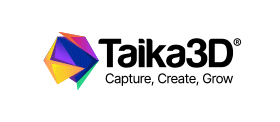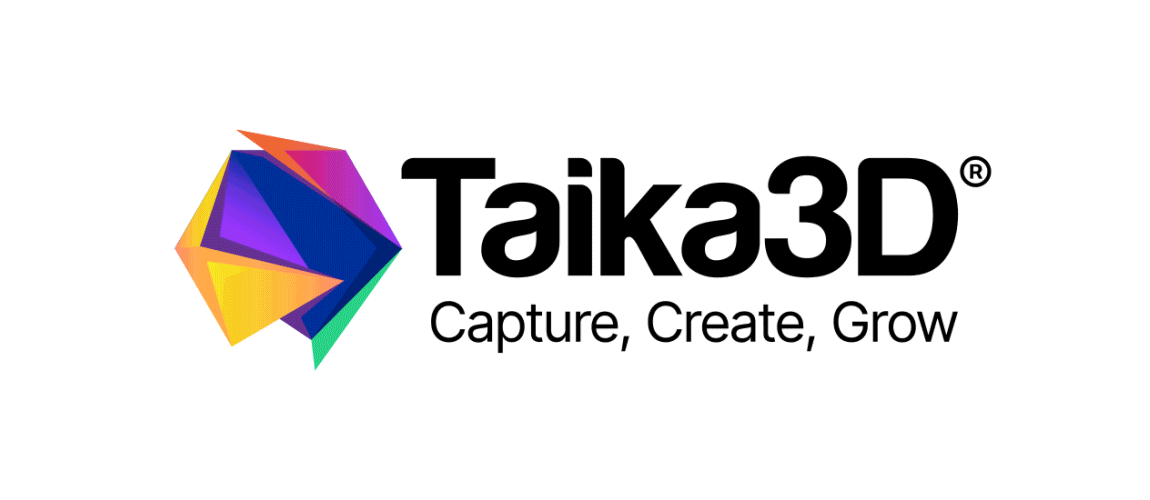Starting in my new role heading up the marketing for Taika3D some months ago, I had many questions for my colleagues about the changing horizon of custom orthotic design, about our automated solution to make better orthotic and prosthetic products available to users around the world, and what this actually means in practice.
Having previously discussed the challenges faced in custom orthotics, I asked my colleagues, if the challenges are so clear and causing such a bottleneck, what is being done about them, and how is technology addressing these hurdles? Arthur is pretty optimistic;
How is technology addressing the bottlenecks faced in custom orthotics design?
“Technology has risen to these challenges in terms of introducing design automation. At the higher level of automation it is already dramatically impacting foot orthotics design… I can see digital designers of insoles having more control, a more interesting role, and maintain a certain level of sanity in their daily tasks… foot orthotics have been the obvious starting point because of the volumes involved but I’m starting to see this in lower volume and complex products too.”
Having worked on low-volume CAD automation for complex O&P devices for several years, Arthur saw the potential to make a bigger difference. He joined Taika3D last July and sees this high-end application of AI and design automation as being ideal for everyone looking to provide individually fitted devices without compromising on the fit, function or complexity.
The impact of new manufacturing and design technology
Jari too sees new manufacturing and design technology starting to make an impact.
“The introduction of 3D printing in the O&P industry has revolutionized product design and innovation. Unlike traditional manufacturing techniques, 3D printing offers vast design freedoms, allowing customized and unique products. These products can result in better fit, comfort, compliance, and improved clinical outcomes. Additionally, the look and feel of the products can be personalized easily and we know that this, in turn, can help with user compliance.
“In recent years, the introduction of more cost-effective and efficient 3D printing hardware and the wide proliferation of scanning devices has opened new possibilities, and we are starting to see these technologies widely adopted.
“I’m proud to be playing my part in enabling this with the design automation we build for our clients, the O&P manufacturing companies, so they can exploit the potential of these digital technologies.”
Certainly, there’s been some really interesting developments in the rapid emergence of 3DP companies optimizing their applications for the O&P industry. We understand that when comparing 3D printer systems for high-volume foot orthotic production, several technologies come into play. These technologies include MJF (Multi Jet Fusion), SAF (Selective Absorption Fusion), SLA (Stereolithography), FDM (Fused Deposition Modeling), DLP (Digital Light Processing) and SLS (Selective Laser Sintering). Each technology offers unique advantages and considerations, making them suitable for different applications, particularly in the realm of foot orthotics.
Taika3D are excited to work with companies such as Formlabs, Stratasys and Mosaic to name but a few, on aligning and optimizing our systems to ensure a seamless and compatible workflow. We’ll keep you updated of our progress,
but if you’d like more info on what to consider when 3D printing orthotic devices, check out our blog post here.
That said, CNC milling, and even vacuum forming over a milled positive, remain the most widely used technology, and Jari concedes this will be the case for some time.
“For sustained production efficiency and cost-effectiveness, as well as for certain physical properties in the products, milling still holds its place. This is due to its simplicity, the variety of materials that can be processed and low capital cost.”
However, the impact of digital design automation is important here too.
“Regardless of the manufacturing method, compromises are routinely made on fit, customisation and design because of the time taken with traditional methods, automation removes this bottleneck and impacts quality, personalisation, consistency and cost.”
Steve was pretty clear about what is being done to improve things:
Access to the best products
“This is exactly why Taika3D exists. Addressing these challenges is what has been my passion for the last five years or so. The goal is to release the potential in the industry so that users can get access to the best products.
“We do this through efficient design processes and better software products. We help our clients digitise the process and automatically generate the designs and, in turn, grow their capacity. Meanwhile, other technology organisations explore new manufacturing techniques, new materials, new designs and new clinical treatment approaches to improve product effectiveness.
“Let’s get rid of repetitive tasks in the process where we can and replace them with tasks where people can add value. Freeing up the technicians to look at the exceptions, work on the really complicated jobs, and to work alongside the clinicians and innovators. That surely has to be a worthwhile change.”
I am really excited to hear of these new developments in the industry. In the next email, I will share my colleagues’ thoughts on what this means for the people in the process, and how the workforce can adapt to them.












